ABOUT NORTHERN LIGHTS ON FOOD
The Northern Lights on Food (NLF) theme aims to bring together expertise in food science and technology together with experts in characterization methods using neutrons and X-rays in order to generate new knowledge and cutting-edge technology within food science. This has the potential to advance food science by taking full advantage of the research tools provided by ESS and MAX IV. Through this theme, we aim to have an impact on the design of instruments and development of neutron and X-ray techniques, advance data analysis methods to fit the food-specific research questions and begin educating a new generation of food scientists and technical experts. For more information: Northern Lights on Food
HAPPENING IN NLF
Don’t miss the next LINXS Guest researcher seminar with Jitendra Mata, ANSTO!
Save the date for the annual Northern Lights on Food V conference in Lund!
Neutrons & Food biannual workshops help identify the future scientific needs in the application of neutron scattering to Food Science, fostering new collaborations and developments.

CORE GROUP
Former Food Core Group Leader & Imaging Working Group Member, LINXS Fellow
Selma Maric, together with Tommy Nylander, launched the Northern Lights on Food initiative, which is now on the way to establish itself into an international network to increase the use of large-scale facilities in food science and food processing. As the Industrial relations Officer at MAX IV Selma is responsible for the areas of life science and soft matter which include food science. Her research has focused on the development of methods for the use of X-ray and neutron-based techniques within life science which has included studies of various lipid-protein assemblies related to both infectious and lifestyle and food-related diseases such as e.g. atherosclerosis. SM will coordinate WG5. Food and health.
Food Core Group member & Imaging Working group member, LINXS Fellow
Niklas is a researcher at the Product Design and Perception section at RISE Agrifood and Bioscience. He is also adjunct professor at the department of physics at Chalmers University of Technology. In addition, Niklas is vice director for the VINN Excellence centre SuMo Biomaterials and coordinator for the Soft Microscopy Centre, both close collaborations between RISE and Chalmers. His research generally focuses on microstructure-property relationships in soft heterogeneous bio-based materials such as foods. His network and scientific expertise in microscopy will be crucial for the theme to both develop the working groups and defining the research programs. Together with Stephen Hall, Niklas will coordinate WG3. Structure of food during processing.
Food Core Group member & Imaging Working group member, LINXS Fellow
Anna is a professor at the Division of Pharmaceutical Technology at Chalmers University of Technology, and was a member of the management group of SuMo Biomaterials. Her various research interests include mass transport in soft biomaterials, mechanical properties of biomaterials, and structure and function correlations of polysaccharides. Between 2017 and 2019, she was the Director of Food Science Sweden, a national platform aimed at strengthening and visualising Swedish food science research, and she is expected to be key in raising awareness and building up competence amongst the wider Swedish food science community.
Food Core Group member and Structure of Food Raw Materials Leader, LINXS Fellow
Francisco Vilaplana is Associate Professor and Head of the Division of Glycoscience and Coordinator of the Research Environment for Healthy and Sustainable Food Systems at KTH Royal Institute of Technology (Stockholm, Sweden). His research is focused on the structure of plant biomass, including food raw materials, biopolymers and assemblies. He uses this structural information to develop new chemo-enzymatic processes for the valorisation of food waste streams into new food products for improved nutrition and health.
Food Core Group member, LINXS Fellow
Maud is a professor at the Department of Molecular Sciences; Food structure and properties, at the Swedish University of Agricultural Sciences (SLU). She is an internationally recognized specialist in the structural analysis of raw materials of food, food products, and using different physico-chemical and structural methods from molecule to macro levels. She brings unique competence on food structure to the core group and also specific knowledge of the raw materials and agricultural production aspects. Member of the National Committee for Nutrition and Food Science at the Royal Swedish Academy of Sciences (KVA).
Food Core Group member and WG 2 Leader, LINXS Fellow
Milena is a professor at the Department of Food Science at Aarhus University, having first been a professor in food design and technology at the University of Guelph between 2006 and 2019. She is also currently Leader of the iFOOD Aarhus University Center for Innovative Food Research. Her research priorities are food design and processing, connecting the domains of food biochemistry, food processing and material science. She is an editorial board member of the Journal of Dairy Research, and Section Editor of the Journal of Dairy Science.
Food Core Group member & Imaging Working Group Member, LINXS Fellow
Lars Nilsson is a professor at Department of Food Technology, Engineering and Nutrition. His research is focused on asymmetrical flow field-flow fractionation (AF4) for the separation of biomolecules and other species of relevance for food systems. Here is one of the leading researchers in the field. He has also large interest in food colloids and the interfacial behavior of food components. He is the main organizer of Food Colloids 2022 in Lund.
Food Core Group member, LINXS Fellow
Andrew is the acting head of the Neutron Instrument Division at ESS. His research covers a wide area including food colloids, soft matter structure, and scattering techniques. He brings capability in large international collaboration to build up the ESS facility, expertise in the use of X-rays and neutrons in food related research, and also experience as beamline scientist at facilities like the NIST Center for Neutron Scattering, Gaithersburg USA. He is strongly involved in developing software for scattering techniques (SASView).
GUEST RESEARCHERS
Guest researcher at LINXS between June 2022 - July 2022
Elliot Gilbert is an instrument scientist for the QUOKKA small-angle neutron scattering instrument and led the project for its design, construction and commissioning. Elliot also devised, initiated and leads the Food Science project that applies materials science approaches to examine structure-property-process relationships in food-based systems.
He received his PhD in chemistry from the Australian National University in 1998. Following a successful ARC Industrial Postdoctoral Fellowship, he joined the Intense Pulsed Neutron Source at Argonne National Laboratory in the United States where he provided scientific and technical support to researchers using small-angle neutron scattering and neutron reflectometry as well as developing teaching resources for the National School on Neutron and X-ray Scattering. Elliot's interests lie in condensed matter science and he has investigated such diverse areas as colloids, polymers, phase separation, emulsion stabilisation, membranes, magnetic spin glasses, skyrmions, biocompatible ferrofluids and nanocomposites. More recently, his focus has been on the application of neutron and X-ray scattering to systems with an intrinsic health-related and/or industrial application; this has resulted in multiple reports in domestic and international media.
Guest Researcher at LINXS in June 2022, Food WG 4 member, Food interactions on surfaces, LINXS Fellow.
Jeremy Lakey, Professor at Structural Biochemistry, University of Newcastle, UK.
Prof Jeremy Lakey has expertise and background in protein interactions with surface, and his research group is interested in the engineering, structures, interactions, and conformational changes of proteins in solution and in membranes. For this purpose, they use a combination of biochemical and biophysical tools. The core subject area is the bacterial outer membrane natively unfolded proteins, bionanotechnology of surfaces, neutron science, and biopharmaceutical analysis.
Guest Researcher at LINXS between March and June 2023, LINXS Fellow.
Gudrun Lotze, Project Scientist at the Department of Biomedical Science , Malmö University, Sweden.
Dr Lotze works in a highly interdisciplinary team to support synchrotron experiments on the structural variability in biomaterials.
WORKING GROUPS FOR FOOD
FOOD WorkING Group 1
Structure of Food Raw Materials
WG1 will focus on providing insight into the relationship between the structures of raw materials and process conditions (in collaboration with WG3), and food product quality, starting with local produce that is available in Sweden. The goal is to study a variety of different food sources including marine, animal and plant proteins, seeds of different species and varieties. Starting with oats the group will explore a combination of scattering and imaging methods to relate structure to their functionality and nutritional value. Thus the group is foreseen to interact with all the other groups.
FOOD WORKING GROUP 2
Food Colloids and Structured Interfaces
WG2 will focus on the colloidal and interfacial phenomena to build up the complex food matrix, where neutron and X-ray scattering techniques are important in revealing the formation of aggregate structures (for example casein micelles, lipid crystallization/self-assembly, 13 protein aggregates, and particles at interfaces, emulsions and foam). A major challenge is that the structure and interfacial behaviour between the oil and aqueous protein phase in concentrated systems is not fully understood. This is particularly important when incorporating lipids within the protein matrix for the creation of texturized food matrices. The WG will reveal deeper understanding by elucidating the colloidal and interfacial properties of plantbased proteins, protein-polysaccharide complexes, and starch in various forms and mixtures, thereof in relation to how they create structure, technical functionality during formulation and process and ultimately nutritional aspects in close co-operation with WG3 and 5. The use of advancements of SAXS or SANS instrument performance, sample and data processing potentially allows addressing complex food systems, like milk and cream, new plant-based food products based on mixtures of proteins and lipids, and complex natural biopolymers based on starches, to reveal structure on different length scales. Still today these new procedures, instrument and data evaluation procedures are not yet available for more general use and there is still a lack of knowledge and competence to make full use of them. This is one of the core tasks of WG2. Other techniques such as imaging, tomography, and spin-echo small-angle neutron scattering (SESANS) provide additional information over an extended size range to the micrometre scale, which is relevant for many structures in food including food foams gels, and emulsions, as well as plant-based protein networks in meat and cheese analogues. One of the core activities of WG2 concerns the advancement of data analysis on multiscale systems, combining both bulk and surface scattering techniques.
FOOD WORKING GROUP 3
Structure of Food during Processing
WG3 will address the important challenge of optimizing product quality with an in-depth understanding of the mechanisms and physical changes during food processing. In situ/in operando studies using x-ray and neutron imaging of the structure of food during processing will focus on gaining an in-depth understanding of the mechanisms and physical changes that occur as the processing takes 14 place. Sample environment development for in situ structural analyses during processing and imaging data analysis, in combination with analysis of scattering data are the focus of the activities of the WG.
FOOD WORKING GROUP 4
Food Interactions on Surfaces
Processing in food production leads to deposits, fouling, with a hierarchical structure that is also complex in terms of composition not only on heated surfaces of processing equipment but also on membranes used for separation and dewatering. In addition, the attachment of microorganisms can lead to biofilm formation, which can also affect food safety. The need to develop efficient cleaning methods is a concern not only for the food industry, but has relevance for most other industries as well as for the development of consumer products. While household detergents and shampoos have been very much developed during the last 30 years, much thanks to extensive work during neutron and x-ray reflectometry and scattering, the development of cleaning procedures in the industry is far behind. The unwanted deposit and cleaning is a fundamental scientific challenge, which has a large economic and societal impact (Hagsten et al., 2016). Reducing water consumption and processing downtime is a big step in achieving the sustainability goals of Agenda 2030. The structure of these deposits can be revealed through surface scattering techniques, allowing for greater understanding and advancement in cleaning technology. Sustainable materials for food packaging, based on starch, lignocellulose, or other novel biocomposite packing materials are highly coveted for food applications. The structural properties of such materials as revealed by X-ray scattering and diffraction techniques would allow for the tuning of the mechanical and barrier properties. WG4 will focus on the interface between food and processing surfaces, attachments of microorganisms, as well as food and packaging materials to develop sustainable methods for processing, cleaning, and packaging. The group will focus on spectroscopic, scattering and imaging methods and interactions between hard and soft matter. We will also point the strong link to LINXS activities promoting the Swedish initiative SAGA to build a dedicated Grazing Incidence Small Angle Neutron Scattering (GISANS) instrument at ESS. This technique is particularly suited to study surface layer structures of complex materials.
FOOD WORKING GROUP 5
Food Structure and Health
WG5 will focus on the use of X-ray and neutron imaging and scattering to increase the understanding of food structures and how they relate to both health and well-being. The group will relate physiological, biophysical and biochemical processes to how they affect food structure, as well as the release and uptake of nutrients during digestion. The group will also explore phenomena with regard to the effect of diet on the brain and highlight the latest advances within the gastrophysics field.


















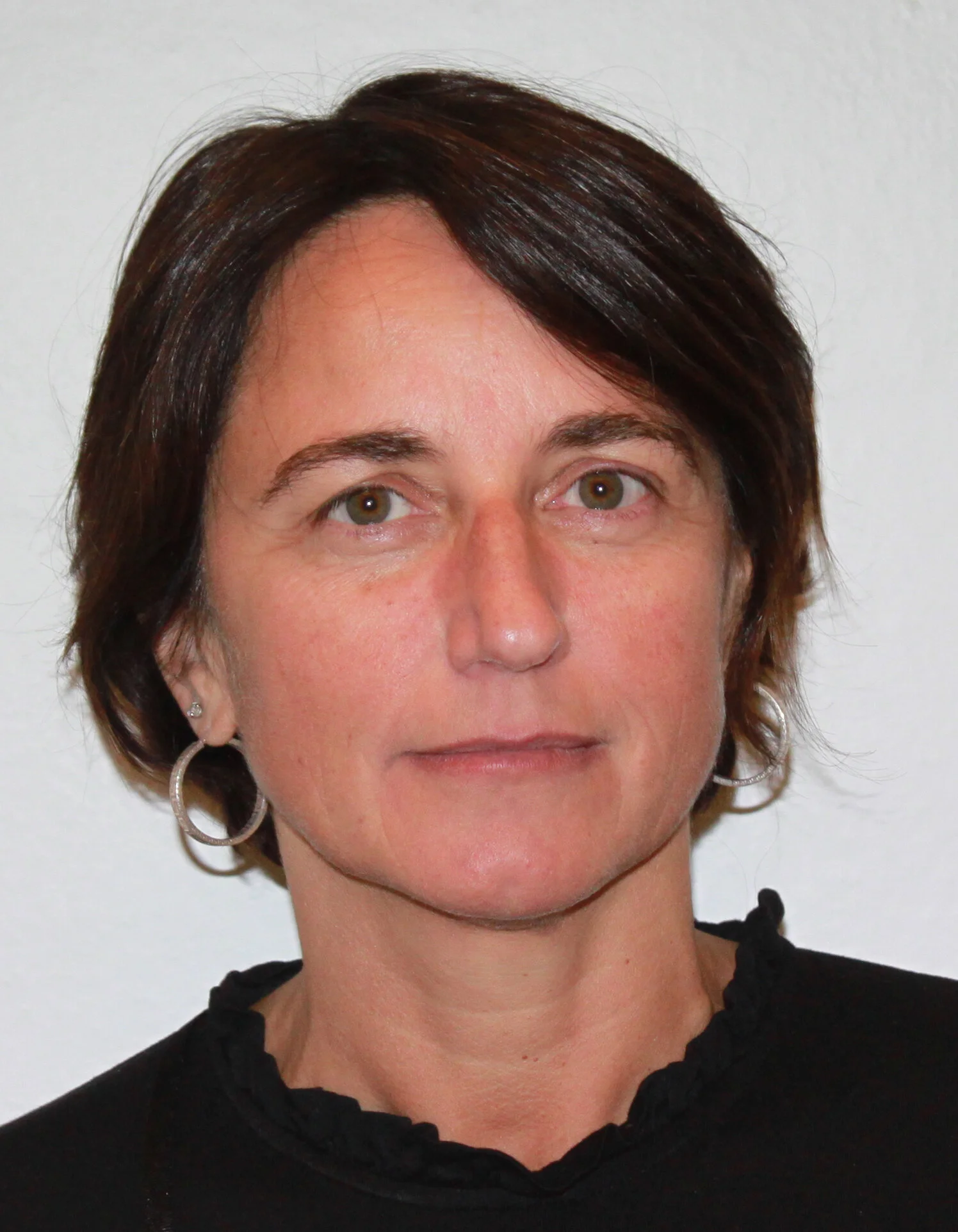


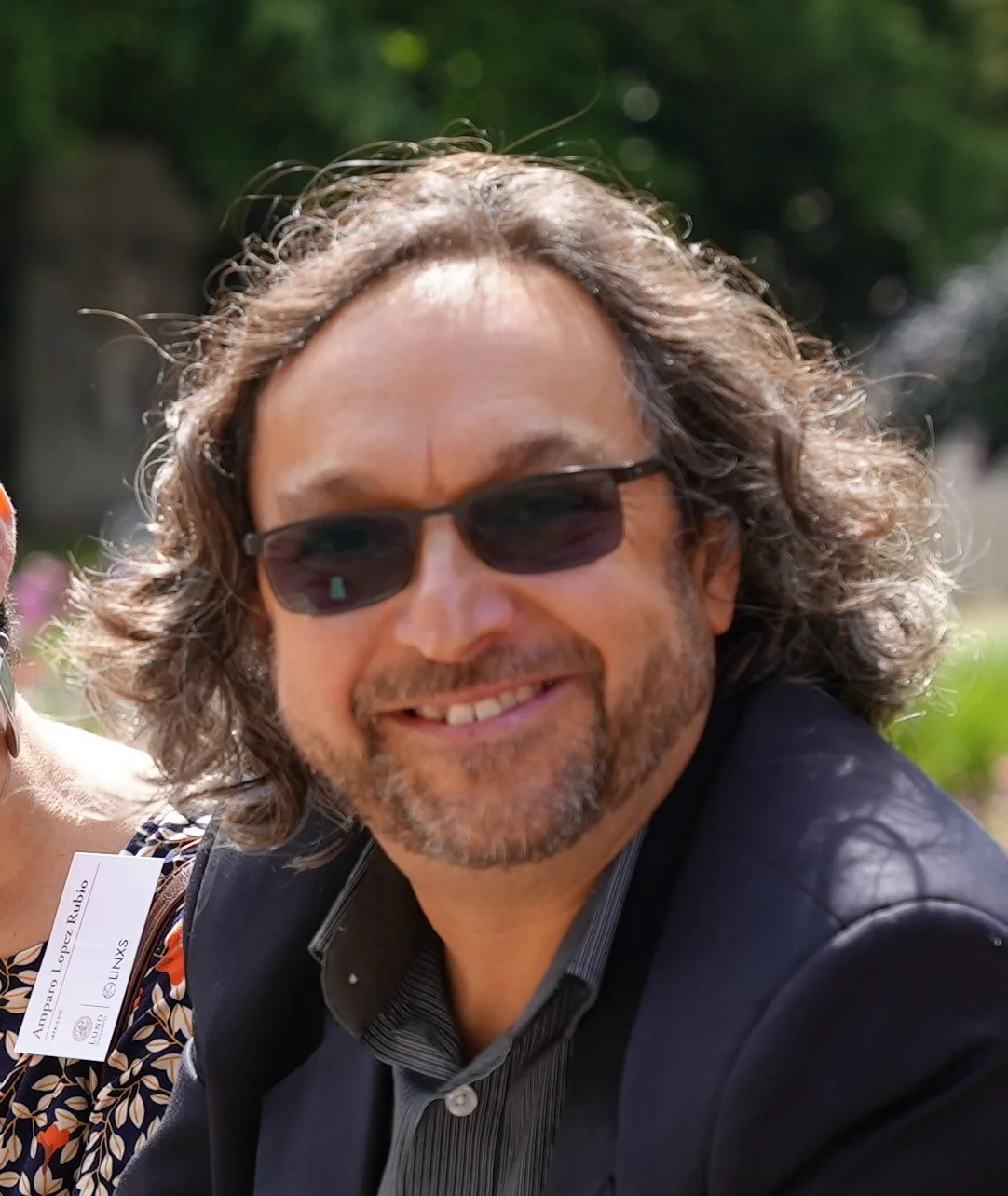
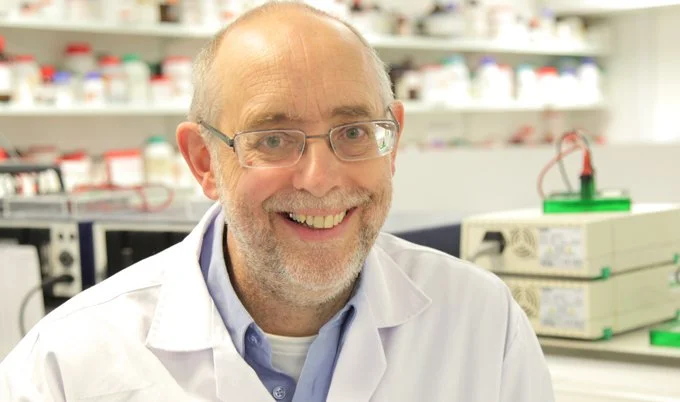




















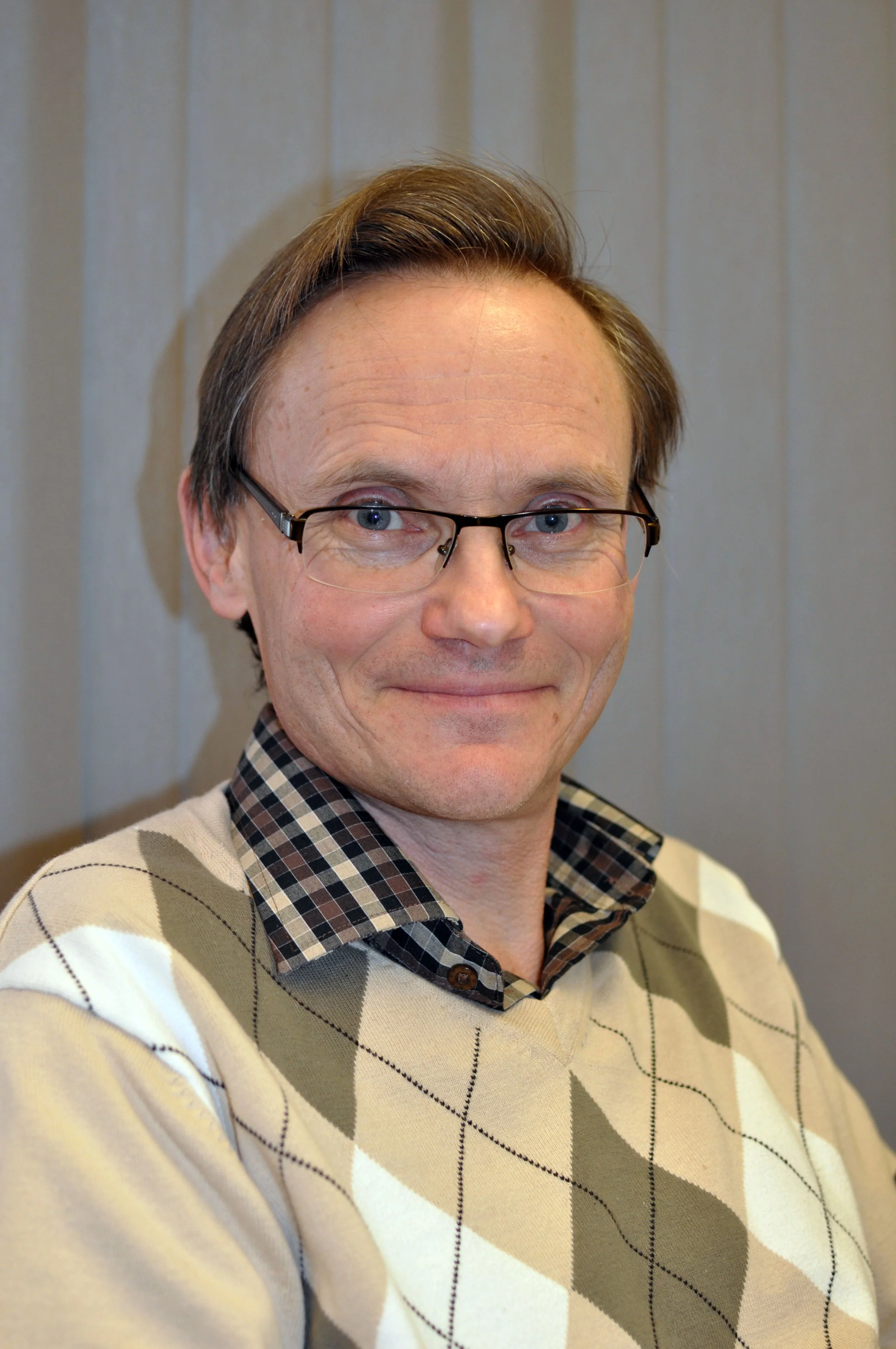








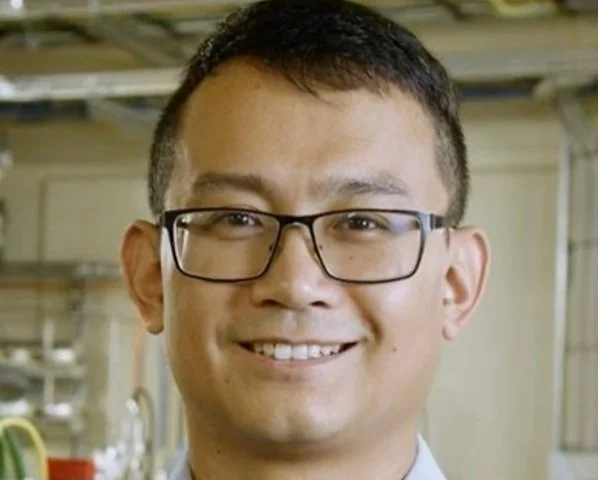




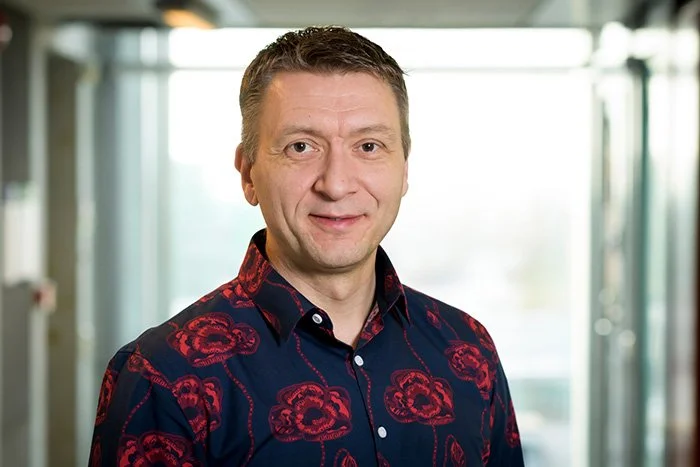










Food Core Group Leader & Dynamics Working Group Dynamics of Membranes and their Constituents Member, Internal LINXS Fellow
Tommy is a professor at the Department of Physical Chemistry at Lund University and an ambassador of the use of X-rays and neutrons in food research. His large network in food science together with his experience in x-ray and neutron scattering on various food related systems is crucial in bringing in the relevant national and international actors to the theme and to the strengthening of food sector using the large-scale infrastructure overall. He is also a member of the management group of NanoLund. Tommy will coordinate WG 4. Food interactions on surfaces.